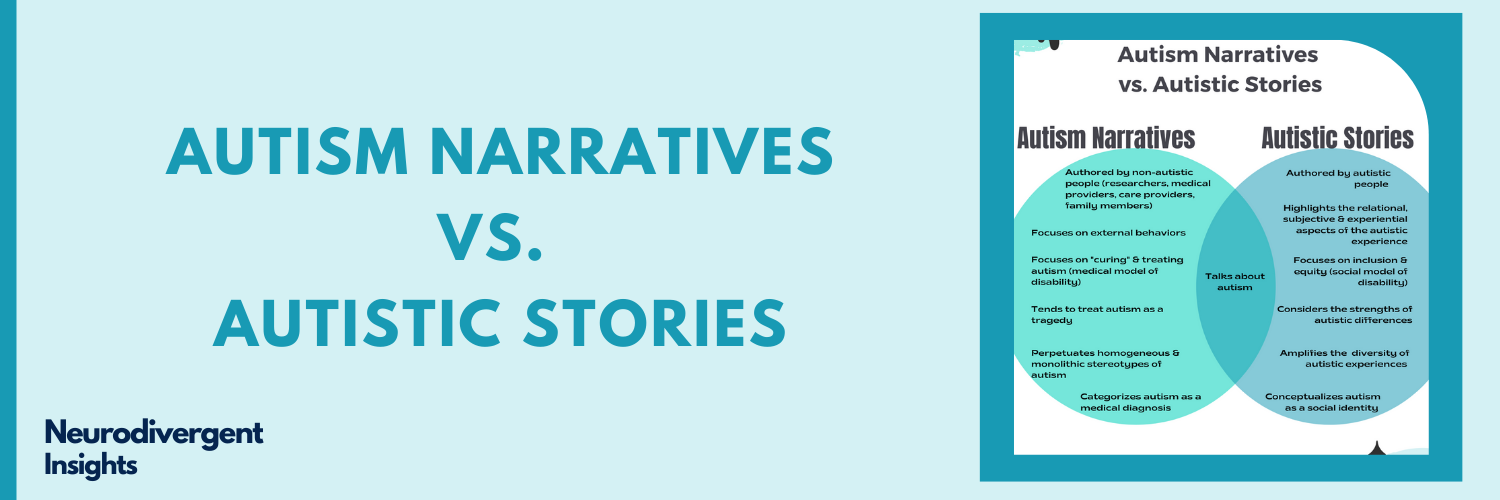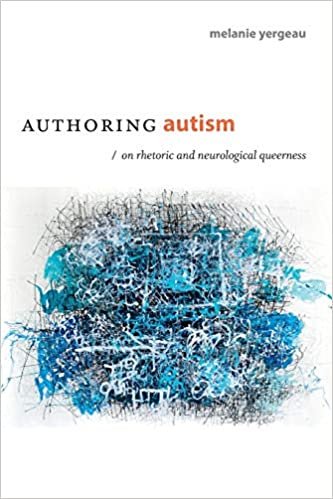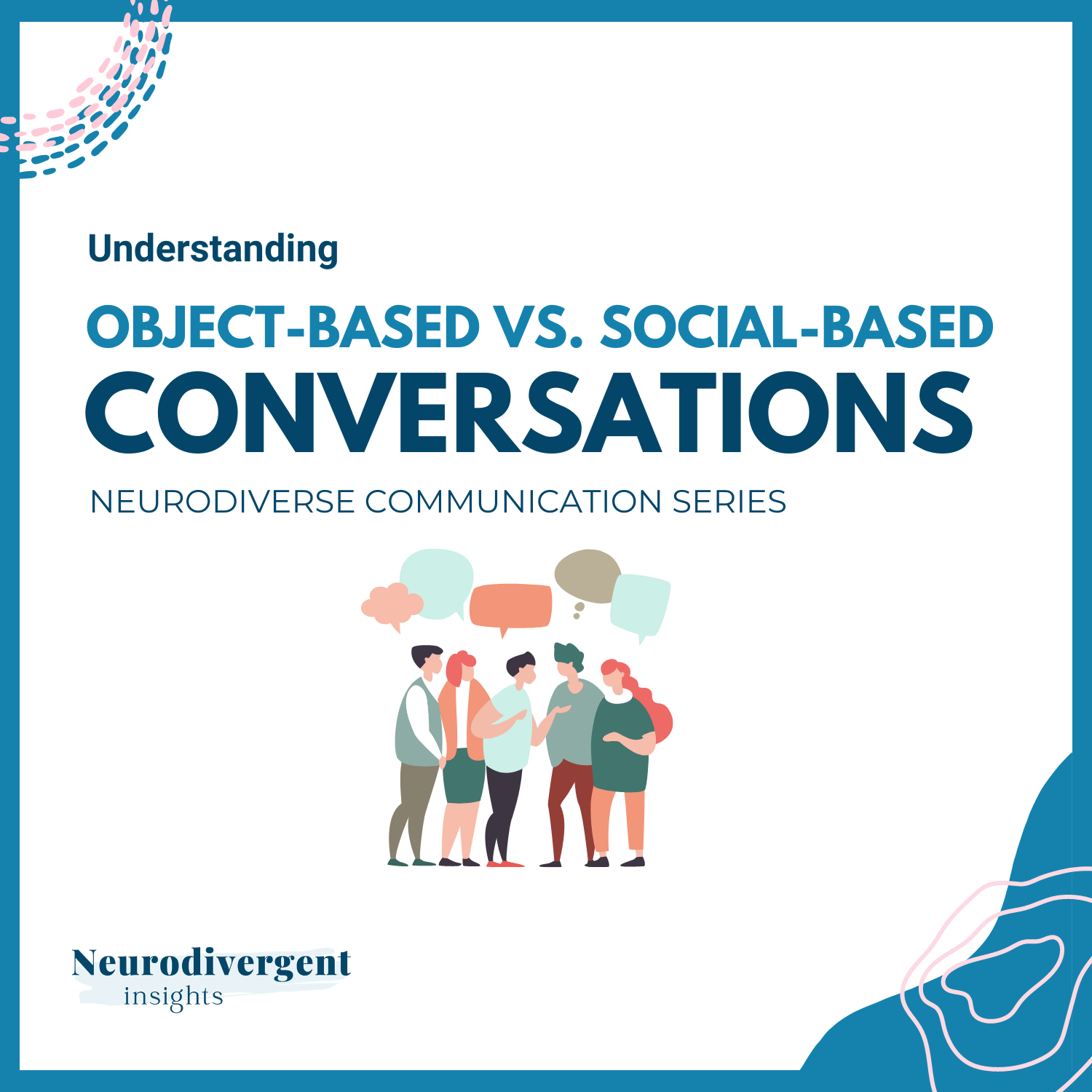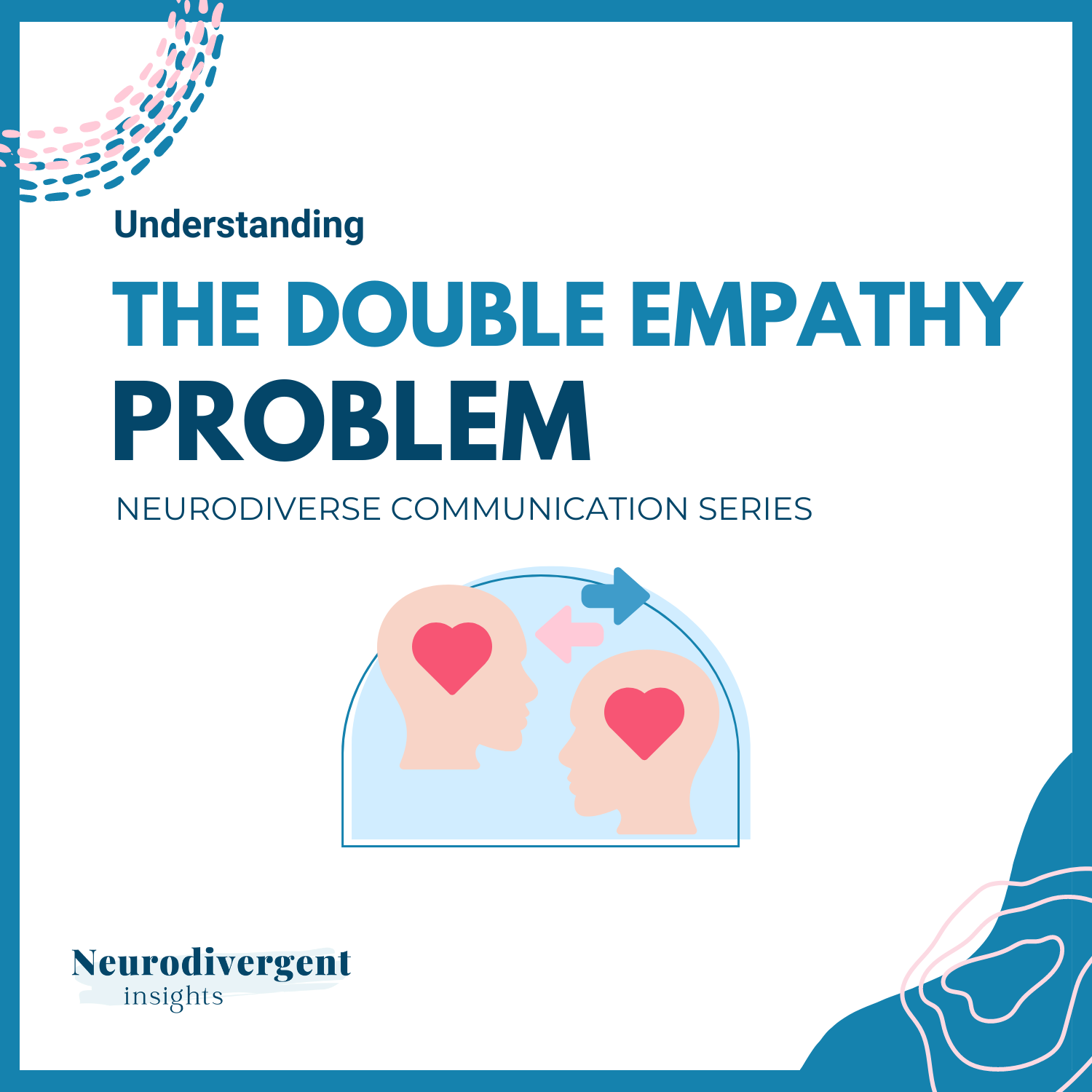
Autism narratives vs autistic stories
It’s Autism Awareness month which means it’s a hard month for a lot of Autistic people. One reason that makes this month dificult is the widespread circulation of autism narratives—Narratives about autism that perpetuate harmful stereotypes, monolithic depictions of autism, and characterizes autism as a tragedy that inflicts itself onto families, versus the autism stories that come from people who are actually autistic.
Popular Autism Narratives
Affiliate Link
The dominance of autism narratives means most people are socialized to associate autism with deficits, limitations, and impairments. Such narratives lead to the natural conclusion that autistic people are impaired, ill, and in need of being “fixed.” Autism awareness campaigns routinely invoke images of autism as a tragedy that inflicts itself onto a family. Autism narratives provide a disembodied, reductionist narrative resulting in the objectification of autistic traits. Furthermore, they provide a homogeneous narrative of autism that leads to failed recognition for many Autistic individuals.

The Demonization of Autism
Autism narratives—often written by non-autistic medical professionals, advocacy agencies, and family members of autistic individuals—largely fail to incorporate the views and voices of Autistic people. Autism narratives often treat Autistic people as unknowable, unnarrativable, and “utterly abject and isolated and tragic” (Yergeau, 2018, p. 3). Yergeau (2018) describes such narratives as ableist, violent, and decisively non-autistic (p. 5). Within the production of autism narratives, the Autistic person is often fetishized, tokenized, commodified, and dehumanized. Milton (2012) observes how Autistic people are kept outside of the production of autism knowledge:
Although, compared with many categorizations of disability, autism has attained a great deal more public attention and one could say that the label has become a fetishised commodity and even a global industry (Mallet 2011), it is an industry that silences the autistic voice from any participation, other than in the form of a tokenistic gesture. Therefore, far from owning the means of mental production about one’s own culture, the ‘autistic individual’ often becomes the ‘product’ of the industry, the ‘thing’ that is ‘intervened’ with…the ‘autistic voice’ is made ‘invisible’ within the current culture of how knowledge is produced about ‘autistic people’, often excluding empowered ‘autistic advocates’ from the process (p. 885).
The objectification is perhaps made most manifest in the form of “Autism Awareness” campaigns, where autism fluctuates between being a “fetishesed commodity” and an object of abjection. In 2007, a campaign run by New York University (NYU) Child Study Center portrayed autism as having “kidnapped the nation’s children” (Nicolaidis, 2012). Their campaign included billboards and advertisements designed to look like ransom notes, which included text such as, “We have your son. We will make sure he will not be able to care for himself or interact socially as long as he lives – Autism” (Kras, 2010). Similarly, in 2009, Autism Speaks released the video, “I am Autism”, in which a demonic-sounding voice declares “I am autism” while proceeding to brag about the destruction it causes to marriages, families, and communities (Savarese & Savarese, 2010). Such narratives cast autism as utterly abject.
The Homogeneous Account of Autism
The second critique of autism narratives is that they perpetuate a thin, homogeneous account of autism, failing to capture the complexity and breadth of autistic experiences. This is particularly problematic for those of us who do not fall into the homogeneous narrative of autism. Much of autism research (and the development of assessment measures) has primary been conducted on white, affluent boys, and thus it is not surprising that research over the last fifteen years points to the fact that we are missing a significant number of autistic girls, BIPOC individuals, and genderqueer people (Jang et al., 2014; McCrossin, 2022; Warrier et al., 2020).
Emergent research confirms a heterogeneous autistic experience. For example, Supekar et al., 2022 have observed sex-specific brain differences present between Autistic females and males. Assigned female at birth (AFAB) individuals are more likely to experience autistic traits in regions of the brain that affect fine motor skills, executive functioning, and emotional regulation, while they often show less social-communication differences (Cauvet et al., 2020; Jack et al., 2021; Supekar et al., 2022). Increasingly, researchers are learning about the impact of multiply marginalized experiences of autism, and the resulting “masking” and “camouflaging” of traits that can result (Hull et al., 2020). Emergent research confirms that the spectrum is broad and genetically complex.
Embracing Autistic Stories
Autistic stories exist in protest to autism narratives (Yergeau, 2018). Where autism narratives objectify the autistic experience, autistic stories have emerged in protest as they attempt to reclaim the subjective experience of Autistic people. Such stories, which celebrate Autistic identity and culture, can be seen within movements such as the neurodiversity movement, a social justice movement that is rooted in the philosophical framework of the neurodiversity paradigm. Jody Singer, an Australian sociologist first used the term “Neurodiversity” in her 1988 thesis, a term later popularized in Robert Blume’s article in The Atlantic:
Neurodiversity may be every bit as crucial for the human race as biodiversity is for life in general. Who can say what form of wiring will prove best at any given moment? Cybernetics and computer culture, for example, may favor a somewhat autistic cast of mind.
This theory has since been picked up by autistic advocates and has been further developed by psychologists and philosophers such as Nick Walker and Robert Chapman. The neurodiversity paradigm rejects the idea that non-majority neurotypes are deficient and rather emphasizes differences. The paradigm considers autism and other diverse neurotypes to be a natural product of biological diversity and evolution. From this framework, autism is understood not as a disorder but as a diverse neurotype. In the same way that there is no one right race, gender, or sexual orientation, there is no one right neurotype (Walker and Raymaker, 2021). Autistic people experience life as members of a marginalized neurominiority, and as such experience discrimination, minority stress, and marginalization (Chapman, 2020). Such a framework replaces the medical model of disability with the social model of disability and considers the social and institutionalized dynamics which are disabling for the Autistic person (Chapman, 2020; Woods, 2017).
New metaphors are emerging to consider autism as a social and identity-based classification over a medically-based classification. Robert Chapman, a UK philosopher writing at the intersection of neurodiversity and psychiatry describe autism “as a different, but not deficient, form of life” (p. 422, emphasis added), and Leon Brenner, a Lacanian analyst based in Berlin, describes it as a “mode of being” (Brenner, 2020, p.7). Such metaphors invite us to consider the autistic experience through an experiential, relational, and subjective frame of mind.
Conclusion
This month I encourage you to seek out and amplify Autistic stories (especially from BIPOC and gender-diverse people). Autistic stories are embodied stories that capture the autistic experience—it moves the conversations from checkboxes and behavioral markers into the embodied, relational experience of being autistic.
*This post and these ideas are inspired by the work of M. Remi Yergeau in their book, “Authoring Autism” where they ask the provocative question, “who authors autism” and they explore the difference between Autism stories and Autistic stories.
This post was proofread by Grammarly, my go-to for proofreading and catching all the details I naturally miss! Grammarly is entirely free to use. Click here to give it a try.











